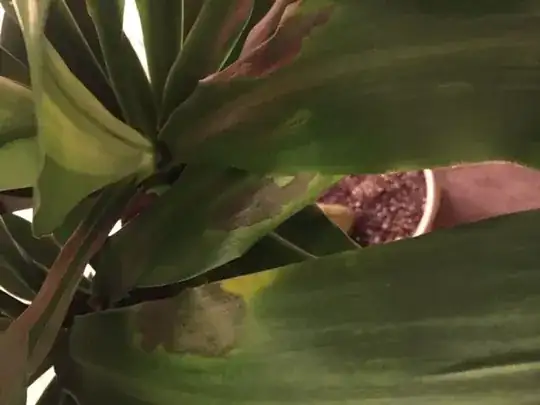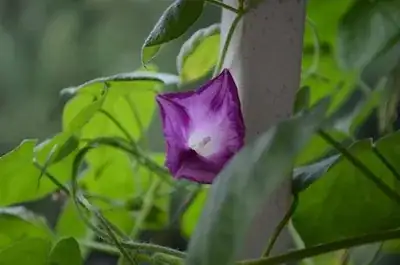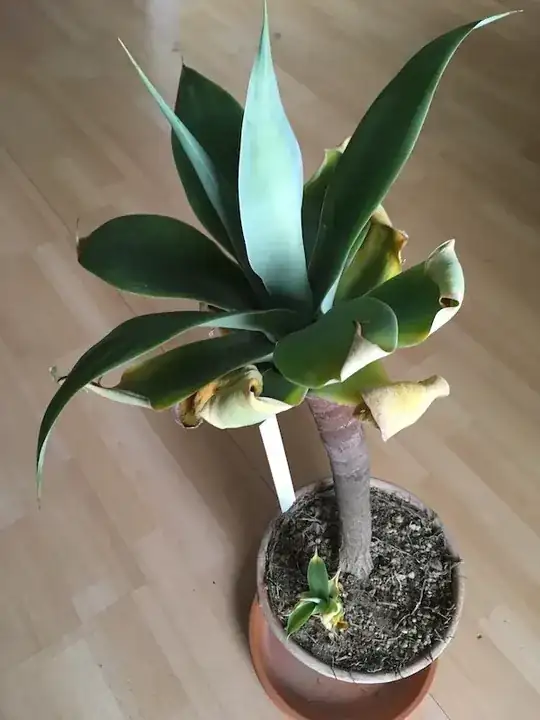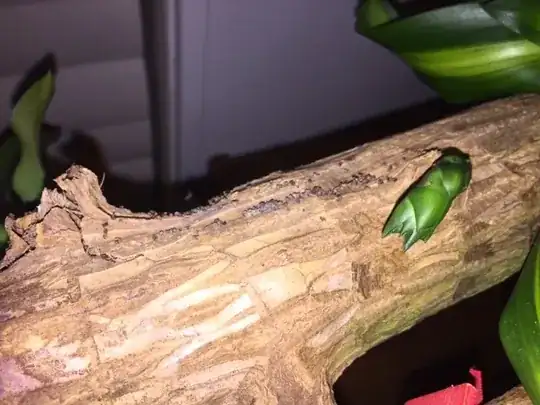I recently purchased a large dracaena fragrans, collquially "corn plant." Its stalk is approximately 1 meter tall. I keep it indoors, in front of a north facing window (probably not ideal, but at the moment I don't have any other room for it), although there is a white fence right outside the window which reflects good light. It's winter, although I'm in zone 10, and my apartment is ~17C (64F) most of the time.
Recently, I have noticed some of the leaves have large brownish/black patches (see attached photos). The patches are thinner feeling than the rest of the leaf and lack the slightly waxy texture of mature leaves.
Of note, when I purchased it, one of the stems was dried and dead and infested with what seemed to be mealy bugs or something similar. I immediately removed it, and I have not seen any bugs, though I have attached a picture of that area, and you can see black specks, which I suspect are dead bugs, but I'm not sure.
I did a cursory image search and didn't find anything that looked too close to what I am seeing, and I was wondering if anyone here could shed some light on this.



